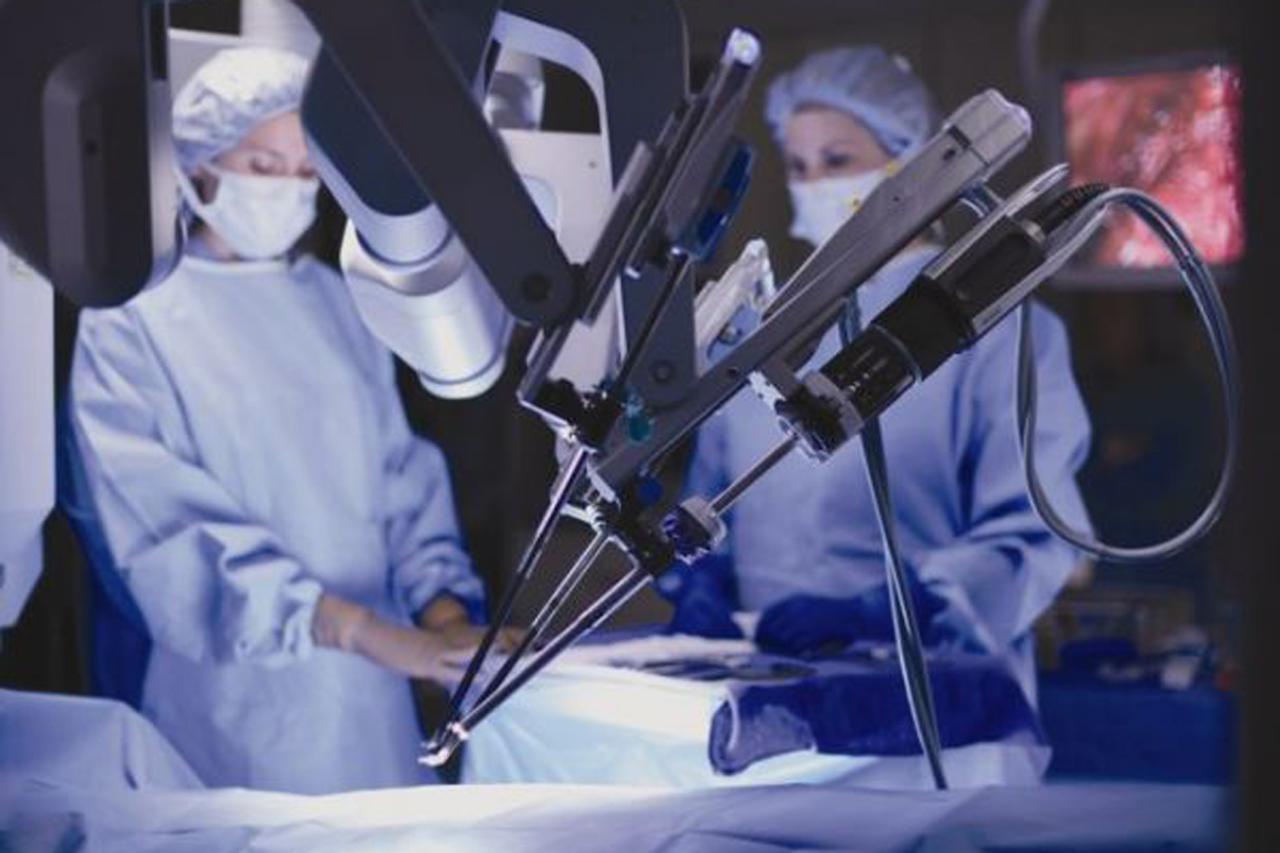

Advances in Medical Technology and Patient Care: Revolutionizing Healthcare
The healthcare industry has witnessed significant advancements in medical technology and patient care over the past few decades. These breakthroughs have not only improved healthcare outcomes but have also enhanced the overall quality of life for patients. From diagnostic tools to treatment options, medical technology has played a vital role in transforming the way healthcare is delivered. In this article, we will explore the latest advances in medical technology and patient care, and how they are revolutionizing the healthcare industry.
Diagnostic Advancements
Accurate diagnosis is the foundation of effective treatment. Advances in diagnostic technology have enabled healthcare professionals to diagnose diseases more accurately and quickly. One such advancement is the development of liquid biopsies. Liquid biopsies involve analyzing a sample of blood or other bodily fluids to detect biomarkers associated with specific diseases. This non-invasive diagnostic tool has revolutionized the way cancer is diagnosed and monitored.
Another significant advancement is the use of artificial intelligence (AI) in medical imaging. AI-powered algorithms can analyze medical images, such as X-rays and MRIs, to detect abnormalities and diagnose diseases more accurately. This technology has improved the diagnostic accuracy of healthcare professionals, reducing the risk of misdiagnosis.
Personalized Medicine
Personalized medicine involves tailoring treatment to an individual’s unique genetic profile, medical history, and lifestyle. Advances in genomics and gene editing have enabled healthcare professionals to develop targeted therapies that are more effective and have fewer side effects.
One such example is the development of immunotherapy, which harnesses the power of the immune system to fight diseases. Immunotherapy has been shown to be highly effective in treating certain types of cancer, and researchers are exploring its potential in treating other diseases, such as autoimmune disorders.
Robotics and Minimally Invasive Surgery
Robotics and minimally invasive surgery have revolutionized the way surgical procedures are performed. Robotics enables surgeons to perform complex procedures with greater precision and accuracy, reducing recovery time and scarring.
Minimally invasive surgery involves making small incisions, reducing trauma to the body, and promoting faster healing. This approach has been used in a range of procedures, from laparoscopic surgery to endoscopic procedures.
Virtual and Augmented Reality in Healthcare
Virtual and augmented reality (VR/AR) technologies are being used to improve patient care and outcomes. VR/AR can be used to:
- Provide immersive therapy for patients with mental health disorders, such as anxiety and PTSD
- Enhance pain management by distracting patients from discomfort
- Educate patients about their condition and treatment options
- Train healthcare professionals in simulated environments
Wearable Technology and Remote Patient Monitoring
Wearable technology, such as fitness trackers and smartwatches, has become increasingly popular in recent years. In healthcare, wearable technology is being used to monitor patients remotely, enabling healthcare professionals to detect potential health issues before they become serious.
Remote patient monitoring (RPM) involves using digital technologies to track patients’ vital signs and health metrics remotely. This approach has been shown to improve health outcomes, reduce hospital readmissions, and enhance patient engagement.
Electronic Health Records and Interoperability
Electronic health records (EHRs) have become the standard in healthcare, enabling healthcare professionals to access patient information quickly and easily. EHRs have improved patient care by:
- Reducing medical errors
- Enhancing patient safety
- Improving communication between healthcare providers
- Facilitating research and population health management
Interoperability, the ability of different EHR systems to communicate with each other, has become a critical aspect of healthcare. Interoperability enables healthcare professionals to access patient information across different healthcare settings, improving continuity of care.
Advances in Prosthetics and Orthotics
Advances in prosthetics and orthotics have enabled individuals with disabilities to lead more independent and fulfilling lives. Prosthetic limbs have become more sophisticated, with advanced sensors and motors that mimic natural movement. Orthotics, such as exoskeletons, are being used to treat a range of conditions, from spinal cord injuries to stroke victims.
Conclusion
Advances in medical technology and patient care have transformed the healthcare industry, improving health outcomes and enhancing the quality of life for patients. From diagnostic tools to treatment options, medical technology has played a vital role in revolutionizing healthcare. As researchers continue to push the boundaries of innovation, we can expect even more exciting developments in the years to come.
As the healthcare industry continues to evolve, it is essential that healthcare professionals, policymakers, and patients work together to ensure that these advances are accessible and equitable for all. By doing so, we can create a healthcare system that is truly patient-centered, effective, and sustainable.




